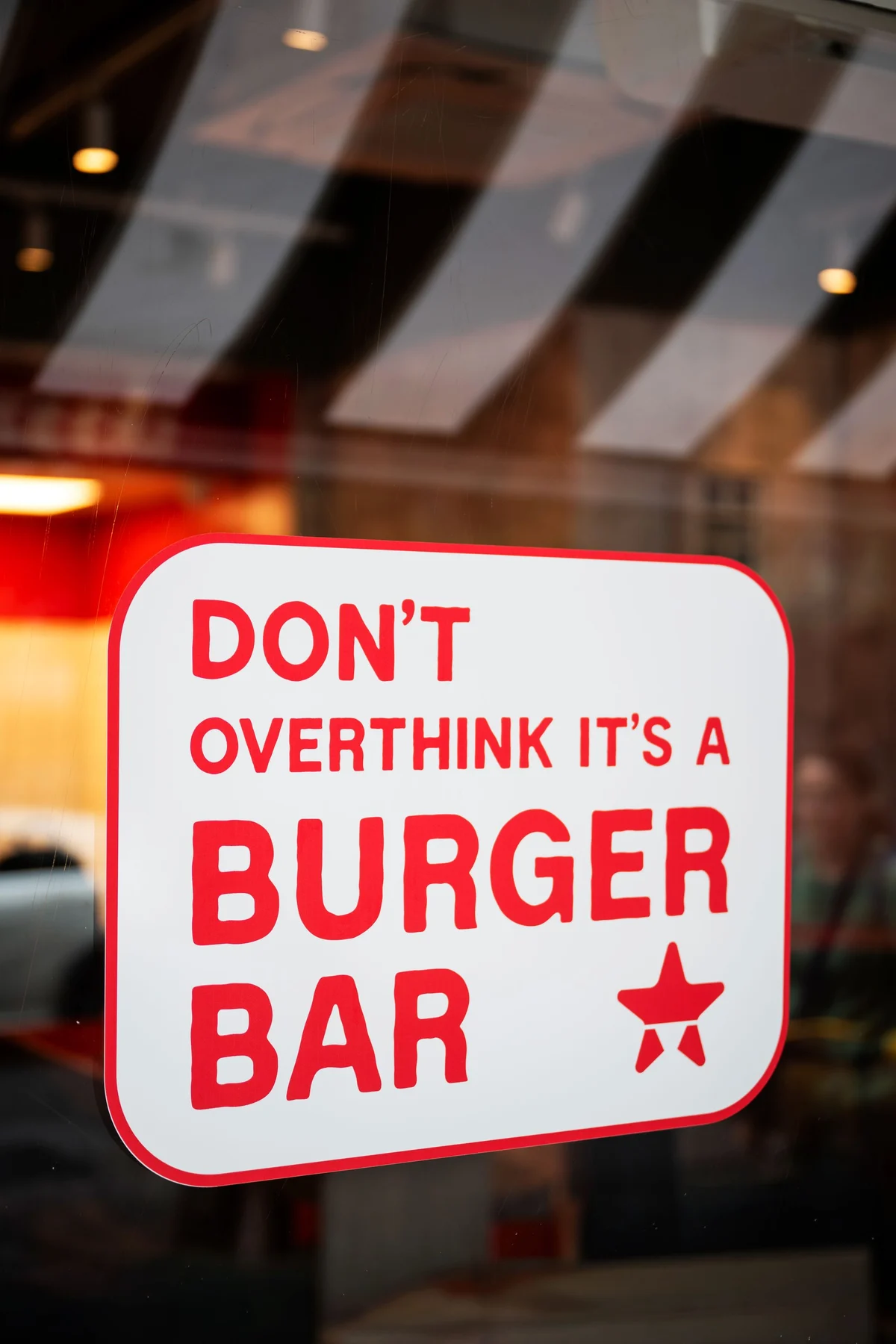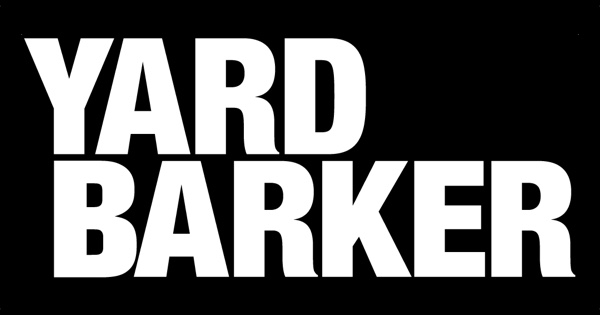The queues at viral restaurants are nothing to do with eating, and everything to do with bragging rights
By Amira Arasteh
Copyright standard

When is fast food not fast food? When it takes forever to come. It’s one of the strangest contradictions of modern dining: the places meant to be selling a quick bite are often the ones with the longest queues. The cooking might be fast, but that’s about it.
We live in a city where for many, restaurant reservations are plotted with military precision. Yet Londoners, supposedly very busy, are happy to wait for hours for the latest slice of New York-style pizza, a smashburger or the latest in fried chicken. Why?
The fact is, London’s viral hotspots now trade in queues as much as flavour; hype is as integral as seasoning. At least when it comes to getting people in. Recently, Supernova, Dave’s Hot Chicken, Junk Burger all caused a frenzy when they launched, sparking lines that left people waiting an hour or more to eat. None were doable during a regular lunch break. People even started paying others to wait in line for them. McDonald’s could never.
There’s some irony at play here. Countless Londoners have walked away upon hearing a table will take “about two hours” at a restaurant (Le Relais de Venise aside), but add viral fried chicken to the mix, a huge queue, and suddenly it’s something to be accomplished. Even if it’s raining, even if people are jostling, even if someone else — at the end of their patience — tries to steal an order. It seems absurd.
Still, this isn’t new: it’s been building over the past few years, spurred on by the likes of Jollibee and Din Tai Fung. These are not restaurants offering multi-course menus or a chef’s carefully orchestrated tasting experience. They are simple, basic fast food joints. But when these restaurants land, social media drives such a frenzy that it might make even the most sceptical diner pause and wonder if they’re missing out. If so many people are willing to wait, the burger must be worth it, right? That’s the logic. It’s the thrill of being fashionable — the feeling that you’re about to get your hands on the latest social media sensation. But it’s also about exclusivity: you’re trying it before anyone else, even if in the end everyone does get served. Bragging rights count for everything.
Hence it feels in some places as though the queue itself is as much the product as the food. When Jollibee, a fast food concept from the Philippines, opened its first UK branch in Earl’s Court, super-fans waited for up to 18 hours — overnight, as if waiting for Wimbledon — to be among the first to secure a meal. Can it really have been about the fried chicken and spaghetti with hot dog slices? Or were those queuing up looking purely for bragging rights?
If so — what’s the point? Hugh Smithson-Wright, a London-based restaurant PR, says there’s never going to be that much difference between the “very best burger in the world (maybe) and the actually very good burger three doors down with no queue”.
Take Supernova in Soho, a cult favourite where there’s still a lunchtime rush two years after opening. The cheeseburgers are good, but is it really better than all the others? Or does it just have a more expensive social media team and a more adept marketing strategy?
Smithson-Wright says he can “just about” understand if it is for something genuinely unique — but that is rarely going to be a burger, pizza or sandwich. He adds that “people who queue for those aren’t there to appreciate the food, they’re there for the content.”
Bingo. Content generation, it seems, is the secret sauce. These fast food fads don’t need Michelin stars — though publicists might live in hope — or critical approval (though some viral spots, like Hanbaagaasuuteeki, do get their dues). They only need TikTok. Those taking a bite-sized clip of gooey, cheese-pull loaded fries from Camden Market’s Funky Chips or the “perfect patty” from Junk aren’t just documenting lunch, they’re making something instantly shareable. Why do they do so well? Because they’re accessible — few can afford to eat at Ikoyi, but almost everyone can afford to spend a tenner on a sandwich.
The trouble is, expectation is often fuel for disappointment. Drake-backed Dave’s Hot Chicken was the opening of last year, promising four-hour long queues and the option to have a spice level not meant for the faint-hearted. One of those in the queue was a diner called Julien, who told the Standard: “I was happy to queue – but I was a bit disappointed at the lack of heat. It left me a bit unsure what I’d queued up for, exactly.”
Perhaps this is just a phase, and if a place is purely style over substance, those queues won’t last long. Influencer Kar-Shing Tong (@ks_ate_here) certainly thinks so: “Hype will get people to come once, but you need to have a good product period to ensure it becomes a regular thing – that’s the only way you can actually run a business. Hype fades eventually, especially in a place like London, where new things are happening all the time.”
We can but hope.



